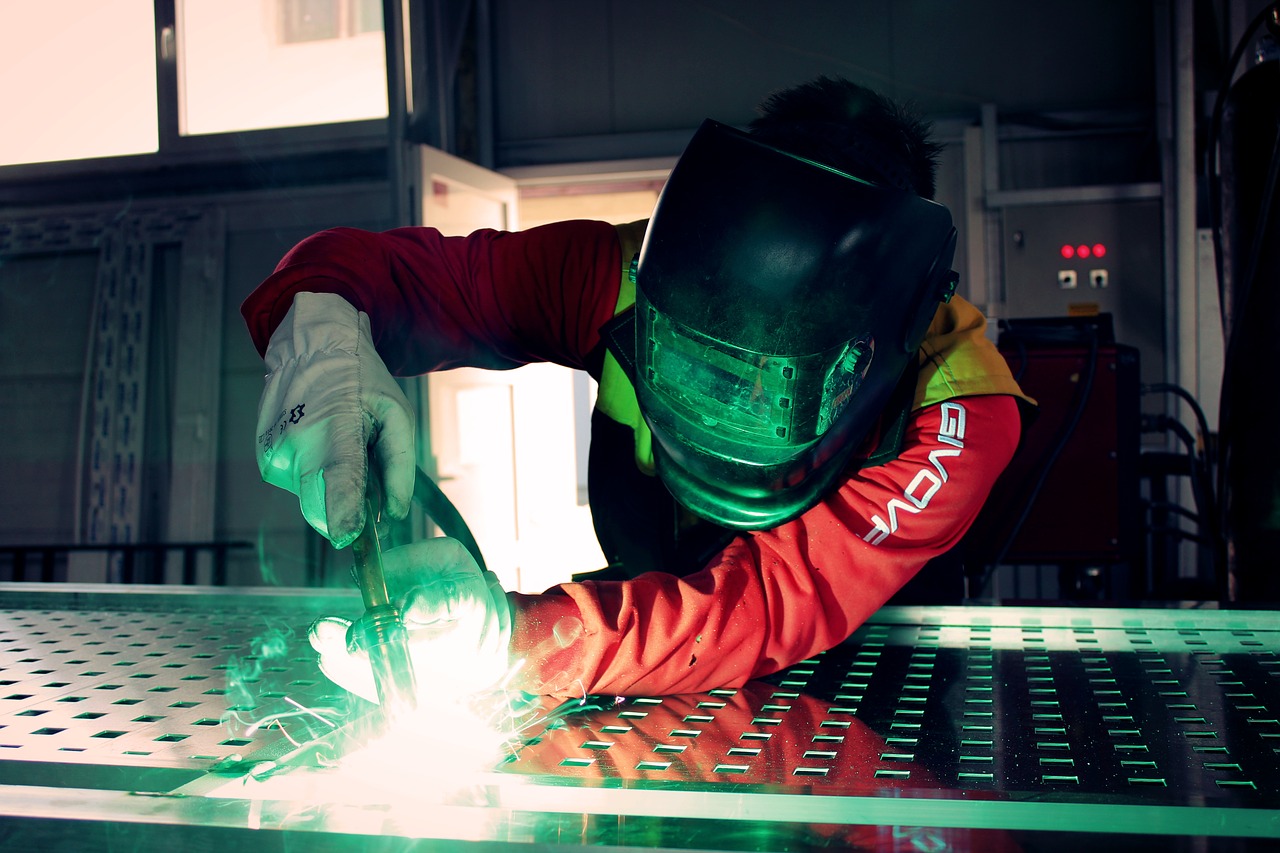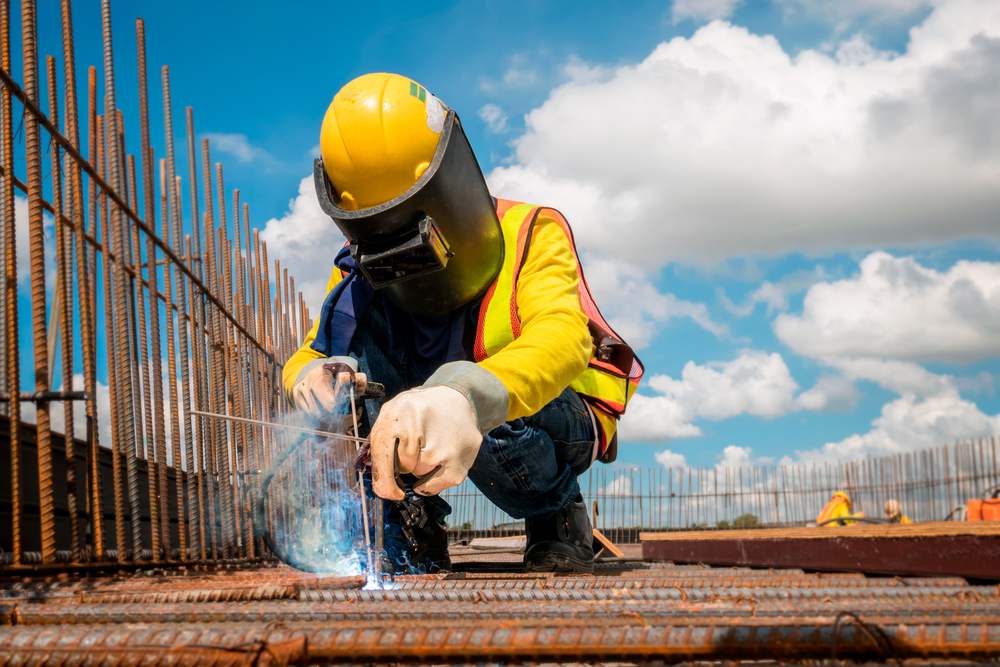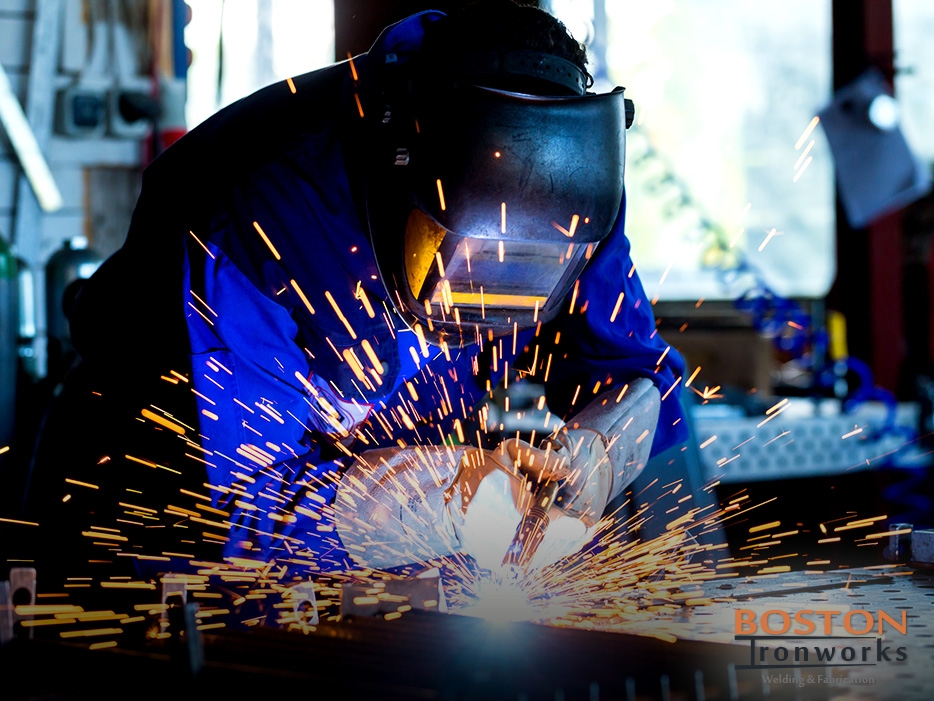Repairing cracking in welded joints: tips from Montana Mobile Welding and Repair Fabrication
Wiki Article
Common Welding Fixing Issues and Exactly How to Address Them Successfully
Welding repair work commonly experience a series of problems that can threaten the honesty of the end product. Common problems consist of insufficient infiltration, porosity, and imbalance, among others. Each flaw provides one-of-a-kind challenges that call for particular techniques for resolution. Recognizing these issues is necessary for welders intending to improve their abilities and results. This conversation will certainly check out these usual welding repair service issues and effective methods to address them.Insufficient Penetration
Insufficient infiltration takes place when the weld metal falls short to totally fuse with the base material, leading to weak joints and possible structural failures. This problem often comes from not enough heat input, wrong electrode angle, or improper welding rate. Welders may come across inadequate infiltration as a result of a miscalculation of the necessary specifications for a certain product thickness or type. Additionally, contamination on the base product's surface area can impede effective bonding, intensifying the trouble. To resolve inadequate infiltration, welders must ensure ideal setups on their equipment and keep a tidy work surface area. Regular inspection of welds is recommended to determine any type of shortages early, enabling for prompt modifications and the prevention of compromised structural stability in bonded assemblies.Porosity
Porosity is an usual flaw in bonded joints that manifests as little gas bubbles entraped within the weld metal. This issue can compromise the honesty of the weld, causing minimized stamina and prospective failing under tension. Belgrade Fabrication. Porosity commonly emerges from contamination, dampness, or inappropriate welding techniques, which allow gases to get away right into the molten weld swimming pool. To deal with porosity, welders should ensure proper surface area preparation, keep a tidy working atmosphere, and make use of suitable welding parameters. Furthermore, picking the right filler product and protecting gas can reduce gas entrapment. Normal examination and screening of welds can aid determine porosity early, guaranteeing timely corrective activities are taken, thus protecting the high quality and reliability of the bonded frameworkImbalance
Imbalance in welding can occur from numerous factors, including improper arrangement and thermal growth. Understanding the root creates is important for effective resolution. Numerous correction techniques are available to straighten elements and ensure structural integrity.Root causes of Misalignment
Welding imbalance usually comes from a range of underlying concerns that can compromise structural honesty. One main reason is improper fit-up of elements before welding, which can bring about spaces and irregular surfaces. Variations in thermal growth throughout the welding procedure can likewise lead to distortion, especially if the products being joined have different coefficients of growth. Additionally, inadequate clamping and fixturing might fail to hold elements safely in location, leading to activity during welding. Inadequately conserved equipment, consisting of welding makers and devices, might present incongruities in the weld bead, more adding to imbalance. Driver mistake, stemming from not enough training or experience, can also play a significant role in producing misaligned welds.
Adjustment Techniques Offered
Dealing with imbalance successfully calls for a combination of rehabilitative techniques tailored to the particular concerns handy. One typical approach is making use of components or jigs to hold parts in the correct placement throughout welding, making certain constant alignment. In addition, preheating the materials can help lower distortion and boost fit-up. For significant misalignment, mechanical adjustment methods, such as making use of hydraulic jacks or clamps, can be utilized to remedy the position prior to welding. Post-weld warm treatment may also be required to ease tensions brought on by misalignment. Cautious examination and adjustment throughout the arrangement phase can prevent misalignment concerns from becoming considerable problems, promoting a smoother welding procedure and boosting overall structural honesty.Distortion
Distortion is an usual difficulty in welding that can emerge from different aspects, including unequal cooling and heating. Understanding the root causes of distortion is crucial for implementing efficient prevention strategies. Resolving this concern not only enhances architectural stability yet also improves the general quality of the weld.Reasons of Distortion
When subjected to the extreme warm of welding, materials commonly go through adjustments that can lead to distortion. This sensation primarily develops from thermal expansion and contraction throughout the welding procedure. As the weld location warms up, the product increases; upon air conditioning, it contracts, which can produce interior tensions. On top of that, uneven home heating across a workpiece can exacerbate these anxieties, resulting in bending or flexing. The kind of product likewise plays a considerable role; metals with varying thermal conductivity and coefficients of development may respond in different ways, causing uncertain distortions. Additionally, poor joint style and insufficient fixturing can add to misalignment during welding, increasing the possibility of distortion. Comprehending these causes is important for reliable welding fixing and avoidance techniques.Avoidance Techniques
Effective prevention strategies for distortion during welding focus on regulating heat input and making certain appropriate joint design. Keeping a consistent warm input aids to minimize thermal expansion and tightening, which can bring about distortion. Making use of methods such as preheating the workpiece can also lower the temperature level gradient, advertising uniform home heating. Additionally, selecting suitable joint designs, such as T-joints or lap joints, can improve stability and minimize anxiety concentrations. Carrying out proper fixturing to safeguard the work surfaces in location even more aids in preserving positioning during the welding procedure. Staggered welding sequences can distribute heat more evenly, avoiding local distortion. By using these approaches, welders can substantially reduce the likelihood of distortion and improve the general top quality of their welds.Breaking
Fracturing is a typical problem come across in welding repair work, typically resulting from different aspects such as inappropriate air conditioning prices, material selection, or insufficient joint prep work. The event of splits can greatly compromise the integrity of the weld, causing prospective failures throughout operation. To address this concern, welders should initially examine the source, guaranteeing that materials work and suitably chosen for the specific application. In addition, regulating the air conditioning rate during the welding procedure is essential; rapid air conditioning can cause tension and lead to cracking. Appropriate joint design and prep work also contribute to reducing the danger. Applying these techniques can boost weld top quality and sturdiness, eventually decreasing the chance of splitting in completed weldments.
Insufficient Blend
A considerable concern in try this website welding repair services is incomplete combination, which occurs when the weld steel does not adequately bond with the base material or previous weld passes - Montana Mobile Welding and Repair Belgrade Welding. This issue can bring about weaknesses in the joint, possibly compromising the stability of the bonded structure. Aspects adding to incomplete fusion include not enough warmth input, incorrect welding technique, and contamination of the surfaces being joined. To address this issue effectively, welders ought to assure correct pre-weld cleaning and surface area prep work, in addition to readjust their welding parameters to achieve ample infiltration and combination. Routine examination during the welding process can also aid identify incomplete fusion early, permitting timely corrective steps to improve the total quality of the weldOverheating
While welding repairs can boost architectural stability, overheating offers a substantial obstacle that can cause product destruction. Too much warmth during welding can change the mechanical residential or commercial properties of metals, resulting in decreased toughness, increased brittleness, and bending. This sensation is especially vital in high-stress applications where architectural dependability is extremely important. Determining overheating can include visual examinations for discoloration or distortion, in addition to keeping track of temperature throughout the welding procedure. To alleviate the dangers associated with getting too hot, welders ought to use appropriate techniques, such as controlling warmth input, adjusting travel speed, and making use of ideal filler products. Additionally, applying pre- and post-weld warmth therapies can assist recover product homes and enhance the overall top quality of the repair, making certain lasting efficiency and safety.Regularly Asked Inquiries
What Are the Usual Indications of a Welding Issue?

How Can I Check My Welds for Top quality?
To evaluate welds for top quality, one can use visual evaluations, ultrasonic testing, and radiographic techniques. Each method assures structural stability, determines issues, and confirms adherence to defined standards, ultimately boosting the dependability of welding ventilation the welded joints.What Security Precautions Should I Take While Welding?
When welding, one ought to prioritize safety by wearing appropriate personal protective devices, making sure correct ventilation, safeguarding flammable materials away, keeping a clean office, and recognizing environments to stop injuries and crashes.Can I Fix a Weld Without Remodeling the Entire Joint?
Fixing a weld without redoing the whole joint is feasible, depending on the damages (Belgrade Welding). Strategies such as grinding, including filler product, or making use of a welding process can properly attend to details flaws while protecting the surrounding frameworkWhat Devices Are Vital for Effective Welding Fixes?
Essential devices for effective welding fixings include a welding device, cable brush, grinder, protective gear, clamps, and filler materials. Each tool plays a vital role in making certain top quality and security during the repair process. Porosity usually arises from contamination, moisture, or incorrect welding techniques, which enable gases to escape into the molten weld swimming pool. Inadequately conserved devices, consisting of welding devices and tools, might introduce inconsistencies in the weld bead, further adding to imbalance. When subjected to the extreme warmth of welding, products typically go through adjustments that can lead to distortion. Splitting is a typical problem run into in welding repair work, typically resulting from numerous aspects such as improper cooling rates, product choice, or inadequate joint prep work. A substantial problem in welding fixings is incomplete combination, which happens when the weld steel does not properly bond with useful reference the base product or previous weld passes.Report this wiki page